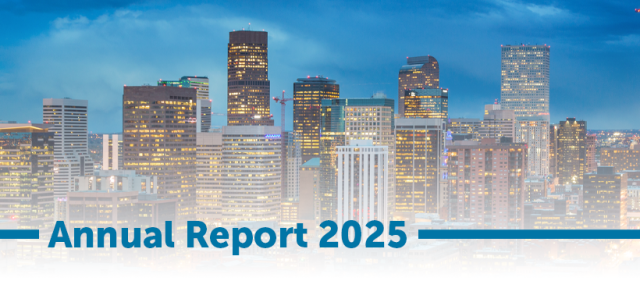2015 Industry Buzz: Millennials, Mortgage Rates, Real Estate Development & more
As 2014 draws to a close, buzz for 2015 real estate industry is beginning to appear. We’ve gathered some of those rumblings here to show you what people are saying about the year ahead and the ways it might impact the industry.
1. Millennials continue to have a powerful impact, which is good news for everyone.
The Millennial generation was not afraid to show that it is large and in charge in 2014, and this is unlikely to change in the new year. With a wide age range extending to cover birth years from the 1980’s to the 2000’s, Millennials are a larger group than the Baby Boomers in the US, and many are starting to purchase homes for the first time.
Getting a place to launch a career or start a family are two factors that contribute to this desire to roost. Another important reason Millennials are flooding the market is because lending is getting easier for first-time buyers. Early this December, Fannie Mae and Freddie Mac put new lending guidelines in place and began offering 3% down payment mortgages. These mortgages make it easier for first-time buyers to qualify, and the sales of new homes are expected to increase by more than 13% in 2015, according to the Mortgage Bankers Associatio
This is good news for more than just first-time home buyers. Existing home sales are also expected to increase by 5%, a projection that Mark Zandi, chief economist for Moody’s Analytics, attributes to a “chain reaction.” He suggests that existing homeowners might want to sell their homes and buy more expensive ones, taking the opportunity offered by so many Millennials searching for smaller homes.
2. Residential developments will reshape the Denver Metro area.
The trend towards residential developments in Denver was strong in 2014, and it seems poised to remain powerful in the year ahead, according to The Downtown Denver Partnership. In their November 2014 Economic Report, they announced that 1,443 residential units had been created so far this year, and their projected number for 2015 is 3,973–a lot of living space for Denver’s rapidly growing population.
What’s significant in addition to the amount of residential housing under construction or planned in the year ahead is the way it is positioned in the downtown area with focus on the Central Platte Valley Commons, Arapahoe Square and the Golden Triangle.
This chart from The Downtown Denver Partnership illustrates that although many residential units are planned for the Commons and the Golden Triangle areas, the number of units available in the commercial core will also increase in 2015.
3. The job market in Colorao looks bright overall.
The state’s employment growth is set to continue expansion in 2015. “Not only is the state’s economy solidly in positive territory, but it is ranking in the top five nationally for population growth, employment growth, wage and salary growth and personal income growth,” said Richard Wobbekind, of the University of Colorado’s Leeds School of Business, at the 50th annual Colorado Business Economic Outlook.
Wobbekind expects 61,300 jobs to be added in Colorado in 2015, which is only slightly less than 2014. The population is boosting an unemployment is falling, he said: “With a skilled workforce, a high-tech, diversified economy, relatively low cost of doing business, global economic access and exceptional quality of life, Colorado is poised for both short- and long-term economic growth.”
4. Mortgage rates will rise...eventually.
Mortgage rates are predicted to rise at some point in 2015, but this month the Federal Reserve signaled it wouldn’t raise the Federal Funds rate until the summer or even later. Keith Gumbinger of HSH.com, a mortgage information provider, says to expect mortgage rates to peak next year at about 4.75% for a 30-year fixed rate mortgage. And even if rates do begin to rise, Gumbinger doesn’t see them going beyond 5%, which would still be “very favorable rate, historically.”
What contributes to these rising rates? Mortgages are linked to interest rates, which historically are kept low during times of economic struggle. With a decreasing unemployment rate and an economic growth projection of 3.3% in 2015 according to Freddie Mac, this may be the time when mortgage rises again.
Sam Khater, Deputy Chief Economist at CoreLogic doesn’t think a slight increase will affect buyers much. Unlike Gumbinger, he predicts rates to stop rising at 4.5%. The current rate is at 4%, so this slight change would only add around $60 per month to mortgage payments on a loan with a principal balance of $200,000.
Sources Used for This Article:
Christie, Lee. “Housing Market 2015 to See the Return of First-time Home Buyers.” CNN Money. Cable News Network, 28 Dec. 2014. Web. 29 Dec. 2014.
Norris, Floyd. “Younger Turn for a Graying Nation.” Off the Charts. The New York Times, 23 May 2014. Web. 29 Dec. 2014.
Pankratz, Howard, and Aldo Svaldi. “Colorado’s Strong Economic Run Expected to Power on in 2015.” The Denver Post Business. The Denver Post, 8 Dec. 2014. Web. 29 Dec. 2014.


